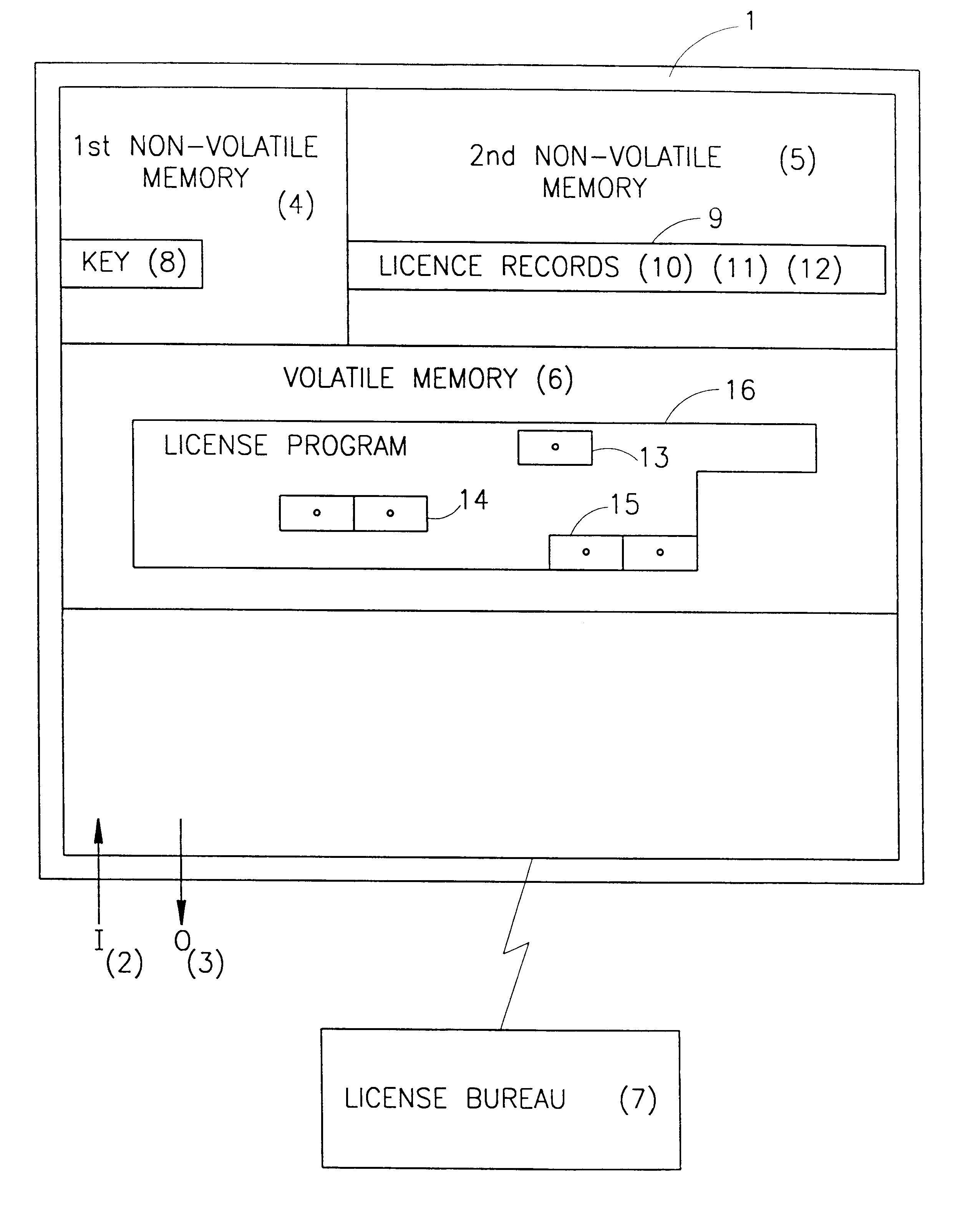Another patent-eligibility case has made its rounds through the appeals process, as the Court of Appeals for the Federal Circuit, in an opinion dated November 16, 2018, in Ancora Techs., Inc. v. HTC America, Inc.,[1] held that computer security improvement claim is patent-eligible under 35 U.S.C. §101.

Ancora owns U.S. Patent No. 6,411,941 (‘941) directed to limiting a computer’s running of non-authorized software. The ‘941 patent describes improvements to certain components of a computer in a way that makes these components interact is a specific manner. The method claim relies on use of a key and record. The key is a unique identification code, while the record the license record associated with a particular computer application. The key cannot be removed or modified as it is embedded into the read-only memory (ROM) of the computer’s Basic Input Output System (BIOS). The innovative aspect of the method is based on a certain modifiable part of the BIOS which stores particularized information, which can be manipulated to determine whether a newly-introduced program is licensed to run on the computer.
Claim 1 recites:
1. A method of restricting software operation within a license for use with a computer including an erasable, non-volatile memory area of a BIOS of the computer, and a volatile memory area; the method comprising the steps of:
selecting a program residing in the volatile memory,
using an agent to set up a verification structure in the erasable, non-volatile memory of the BIOS, the verification structure accommodating data that includes at least one license record,
verifying the program using at least the verification structure from the erasable non-volatile memory of the BIOS, and
acting on the program according to the verification.
The Fed Circuit panel was composed of Judges Dyk, Wallach, and Taranto, with Judge Taranto writing for the court.
Patent-eligibility under §101 is a two-step analysis. First, in step 1, the claims must be analyzed to determine if they are directed to patent-ineligible concepts, like laws of nature, natural phenomena, or abstract ideas.[2] Then, in step 2, if yes, then the claims are analyzed either individually or as a whole to determine if they transform the nature of the claim into a patent-eligible concept.[3]
The claimed invention is directed to a solution to a computer-functionality problem: an improvement in computer functionality that has “the specificity required to transform a claim from one claiming only a result to one claiming a way of achieving it.”
Judge Taranto determined that claim 1 of the ‘941 patent was not directed to an abstract idea, and therefore, is patent-eligible under §101. As a result, the second step did not need to be analyzed. He reviewed previous Fed Circuit precedent which found patent-eligibility in the inventions. In Finjan, he noted that software inventions turn on whether the claims focus on a particular improvement of computer-focused application.[4] Finjan held that behavior-based virus scanning was a particular improvement in computer functionality, and therefore, not directed to an abstract idea. Further, Enfish held that self-referential tables improved how computers handled data, which in turn, made databases more efficient; as such, the Enfish claim was determined to be patent-eligible.[5] Likewise, here, claim 1 of the ‘941 patent:
[I]s directed to a solution to a computer-functionality problem: an improvement in computer functionality that has “the specificity required to transform a claim from one claiming only a result to one claiming a way of achieving it.” . . . The claimed method here specifically identifies how that functionality improvement is effectuated in an assertedly unexpected way: a structure containing a license record is stored in a particular, modifiable, non-volatile portion of the computer’s BIOS, and the structure in that memory location is used for verification by interacting with the distinct computer memory that contains the program to be verified. In this way, the claim addresses a technological problem with computers: vulnerability of license-authorization software to hacking.[6]
The Fed Circuit reversed the district court decision.
This case is yet another one dealing with §101 decided this year by the Fed Circuit. Ancora is the sixth precedential decision finding for patent-eligibility under §101, and the fifth one dealing with software patents. While §101 remains a difficult minefield for practitioners, these six cases finding patent-eligibility have provided a proper roadmap for drafting claims that will meet the §101 eligibility analysis.
[1] ___F.3d___ (Fed. Cir. 2018) (slip op.), rev’g 287 F. Supp. 3d 1168, 1170 (W.D. Wash. 2017).
[2] See Alice Corp. v. CLS Bank Int’l, 134 S. Ct. 2347, 2354-55 (2014).
[3] Id.
[4] See Finjan v. Blue Coat Systs., Inc., 879 F.3d 1299, 1303 (Fed. Cir. 2018).
[5] See Enfish, LLC v. Microsoft Corp., 822 F.3d 1327, 1336 (Fed. Cir. 2016).
[6] See Ancora, supra (slip op. at 10-11).
